Amid the earthy tones of the desert and the sporadic green of its trees, it is hard to imagine a bright shade of pink existing alongside such a palette of warm colors. Yet, in the mountainous pocket of Taif, Saudi Arabia, every April, pink bathes the entire landscape, transforming it into a ‘City of Roses‘, thanks to a cherished flower that blooms each harvest season: the Taif rose.
The exquisite beauty of the Taif rose is both delicate and layered; its soft blush of pink and tender petals soothe the heart upon first sight, yet its charm lies equally in its fragrance and its roots in Saudi traditions. Its beauty is beheld, inhaled, and cherished.
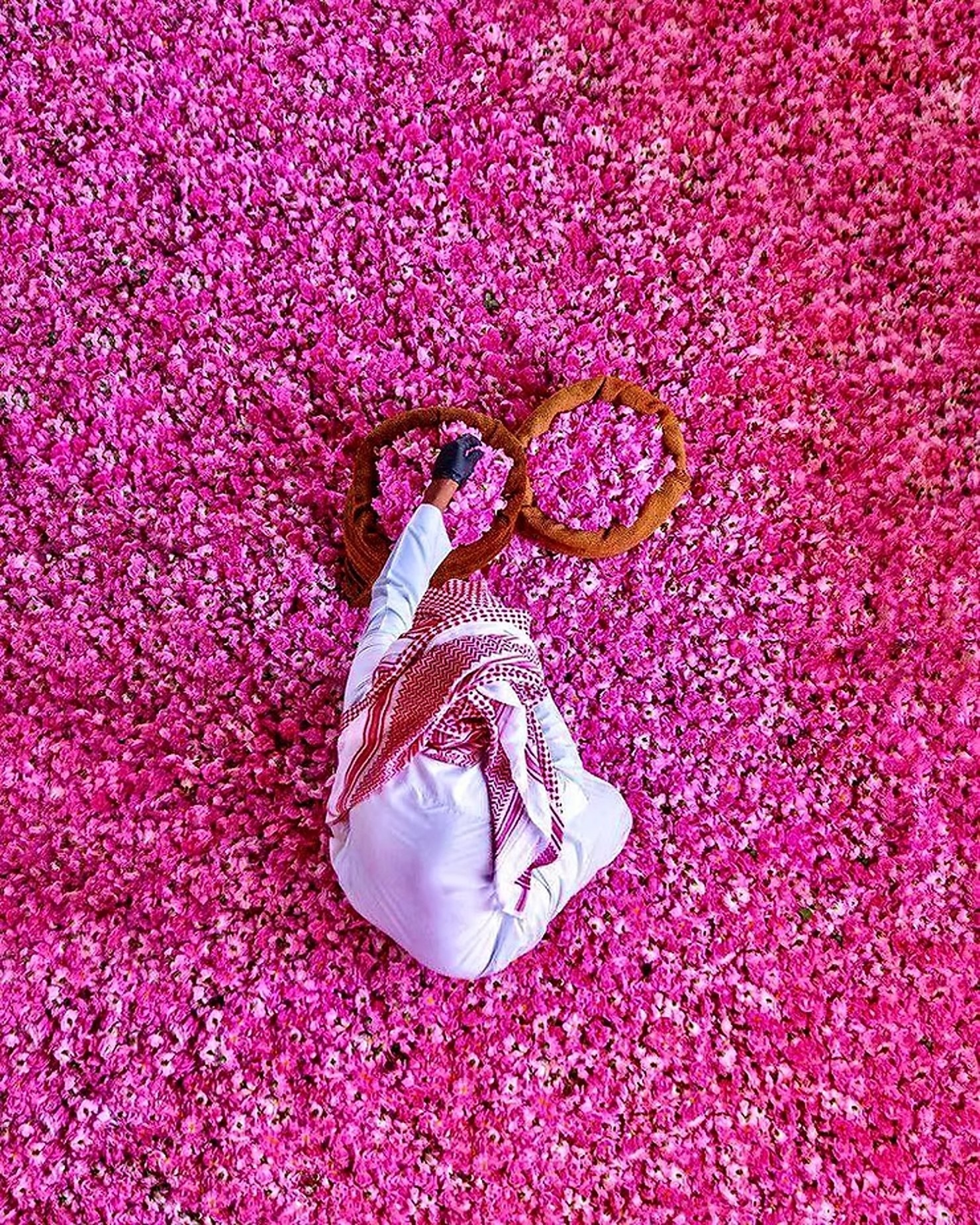
There has always been a deep and multifaceted relationship between Arabs and the rose, one that is as much spiritual and poetic as it is economic. In the pages of ancient Arabic literature and Islamic Sufi thought, it has been cherished as a mirror of paradise and a glimpse of the eternal. As the poet Rumi so beautifully articulated, “pull the thorn of existence out of the heart! For when you do, you will see thousands of rose gardens in yourself.”
Each season, Taif produces over 550 million roses, carrying a domestic market value of SR 64 million (USD 17 million). Yet beyond their numbers, these roses are deeply tied to the homes and identities of the region’s people, echoing Rumi’s vision of roses that also bloom within the human soul.

From December to February, farmers tend the land, watering, fertilizing, and pruning the bushes before planting cuttings. By March, the harvest begins and continues until May, when families, friends, and farmers rise early to gather the blossoms, carrying them to the market to sell or to their homes for distillation.
In some cases, the petals are gently soaked and simmered for hours in large vats, releasing their fragrance into steam that is carefully captured and distilled into one of the most treasured aromatic oils, used in perfumes by the likes of Chanel and Hèrmes.
What makes this rose especially beautiful is that it is more than a source of income for the people of Taif; it is also an expression of family unity, present in every step of cultivation, harvesting, distillation, and the crafting of local rose products. Whether in the form of rose water and essential oil for beauty and healing, or as a flavor in traditional dishes and drinks, the rose threads itself into daily life.
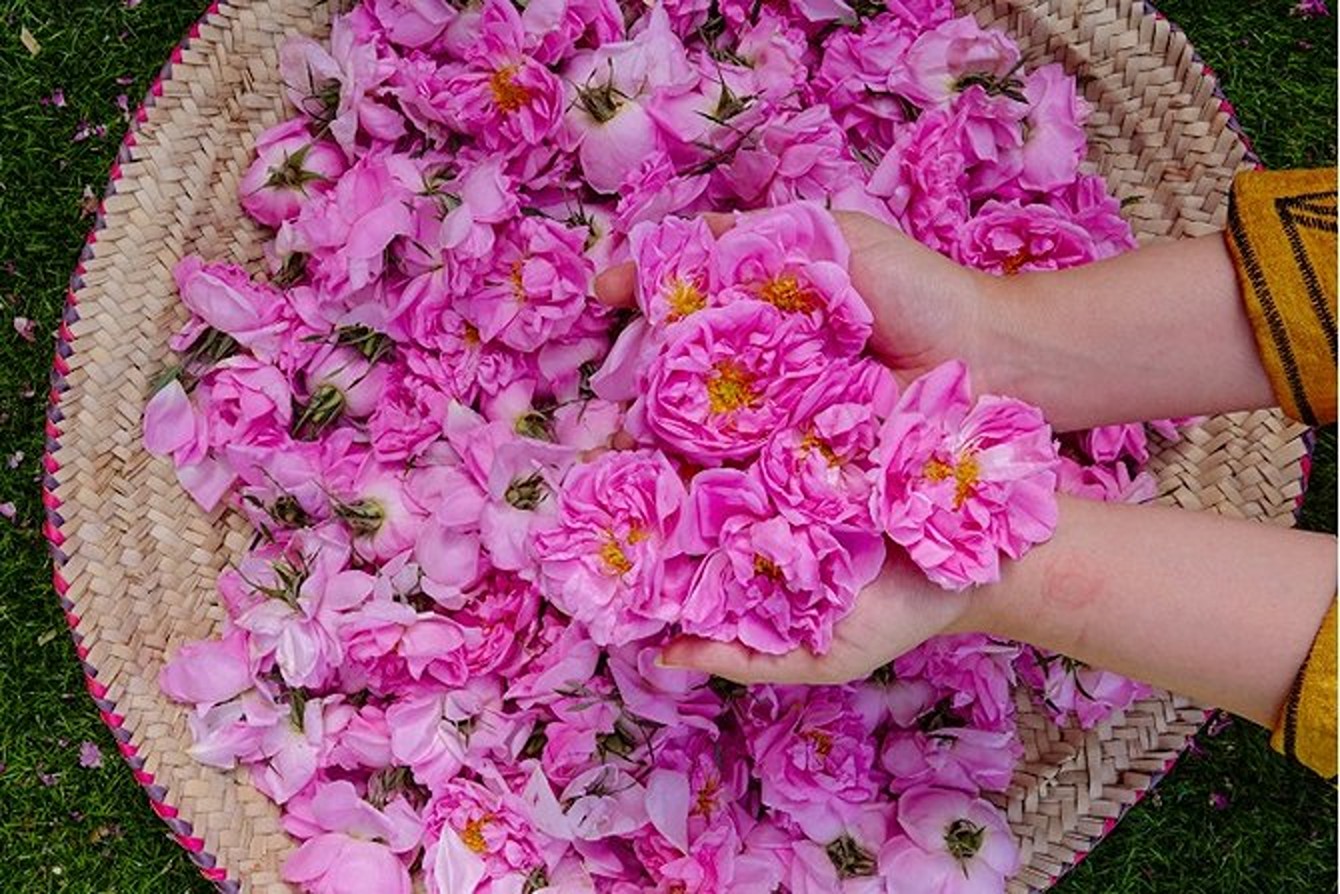
It is like a single strand that binds families together, a swirling dervish whose turning draws the world into its orbit. In Taif, the rose is that dervish, and the life of the region turns gracefully around it.
Every May, families take part in the region’s annual Rose Festival, a five-day celebration where their products are displayed alongside parades, exhibitions, and performances, all honoring the rich botanical heritage of Taif.
Yet, while beauty can generate both economic and social value, it is also fragile and vulnerable to the growing challenges of climate change. According to the Atlantic Council, climate change accelerates soil degradation through salinization, erosion, and desertification, all of which reduce the quality and productivity of arable land in Saudi Arabia.
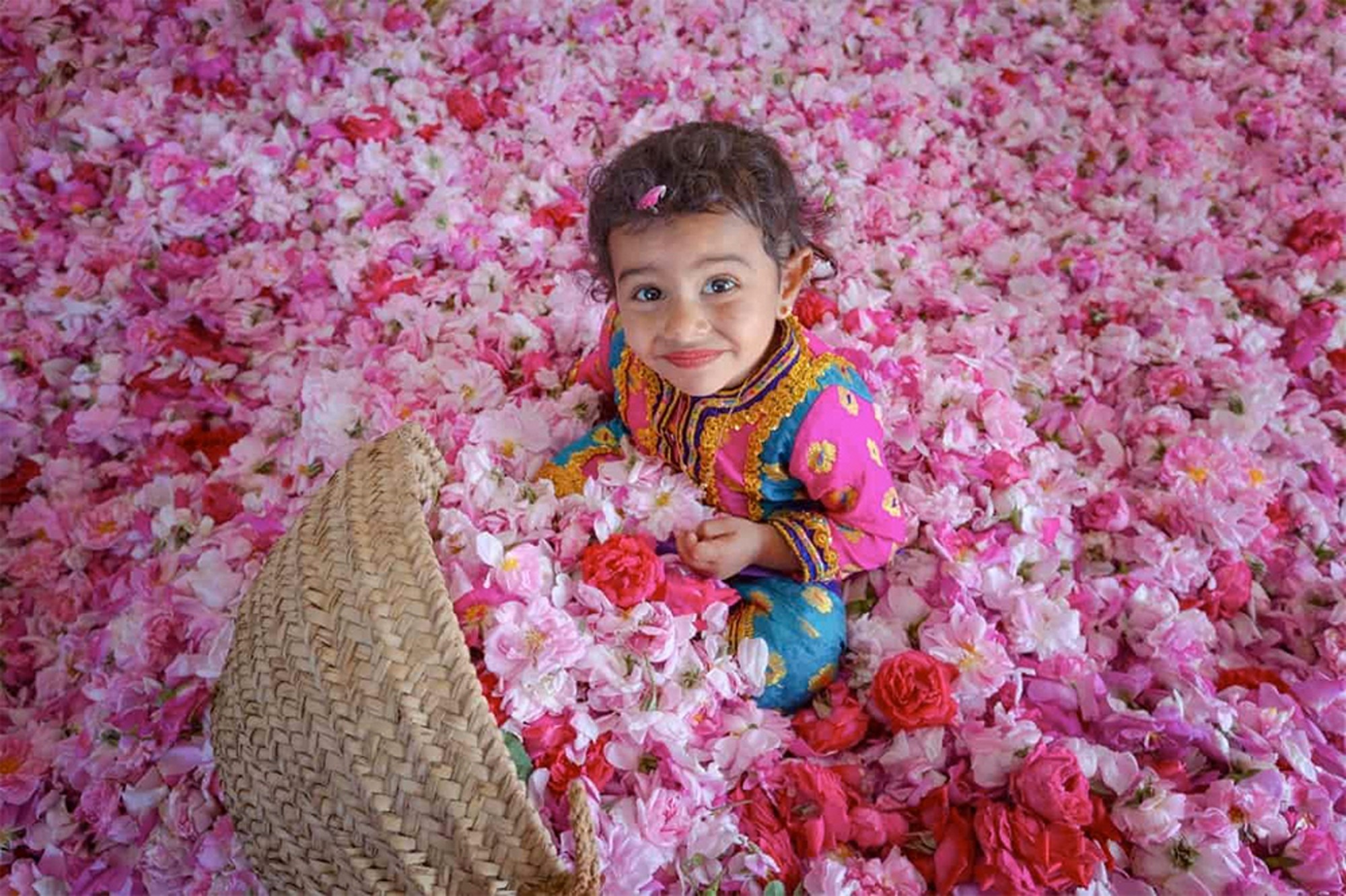
Saudi Arabia has experienced significant temperature increases, with projections indicating even hotter conditions by 2050. The Taif rose, which thrives in the cooler, mountainous climate of Taif, is sensitive to heat. Prolonged high temperatures can stress the plants, reduce flowering, and affect petal quality.
Saudi Arabia is also classified as one of the most water-scarce nations on the planet. Reduced water availability could limit cultivation, threatening the rose’s survival and the livelihoods of farmers dependent on this crop.
Climate change increases the frequency of extreme weather, such as sudden storms or prolonged droughts. For instance, in 2024, conditions turned so cold that some farmers were unable to harvest a single flower from their fields.
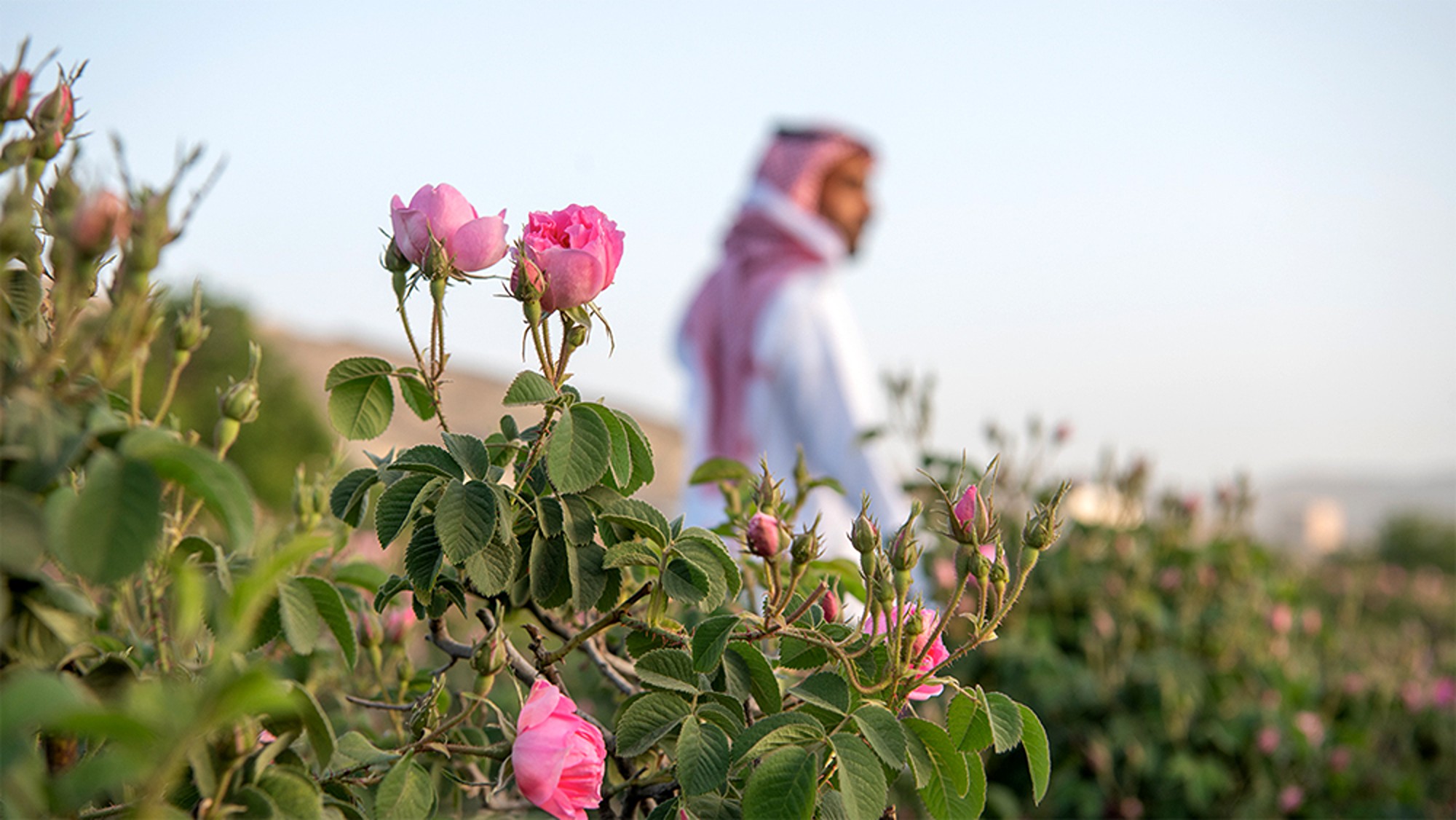
In response, the Ministry of Environment, Water and Agriculture has introduced several initiatives, including the rehabilitation of agricultural terraces, the use of rainwater harvesting technologies, and the adoption of environmentally friendly farming practices.
Though this iconic rose now faces threats, its story endures through striking visuals that preserve its place in Saudi heritage, sustain its role in the economy, and, above all, honor its presence in family traditions.


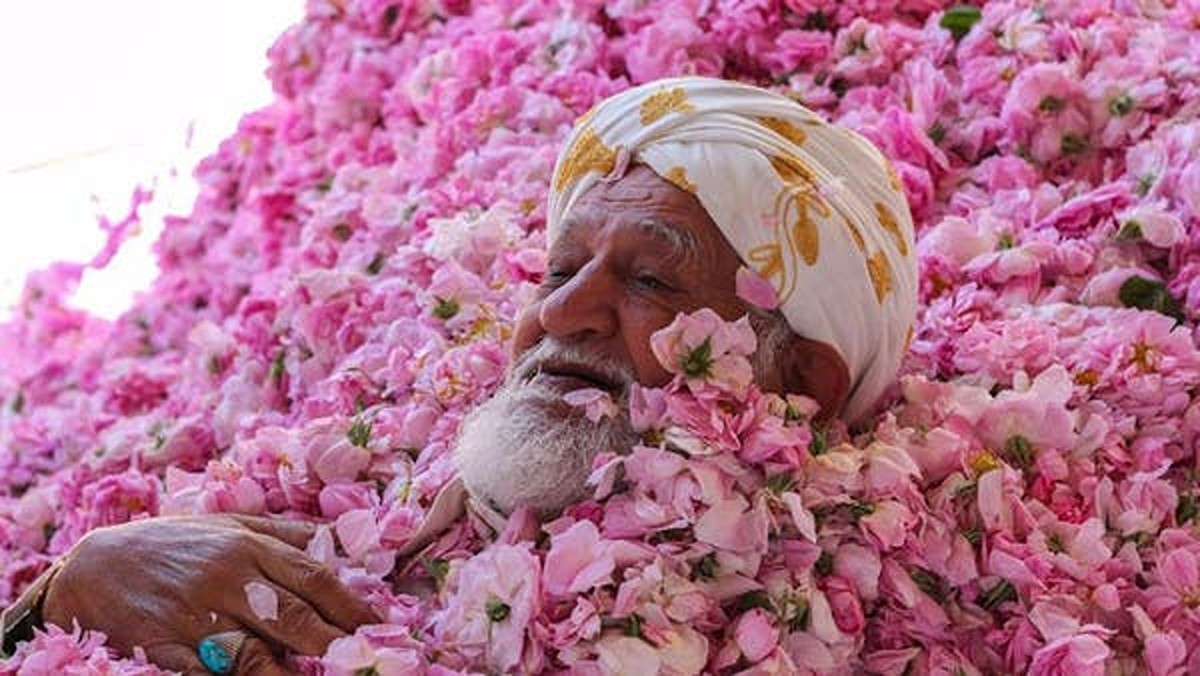



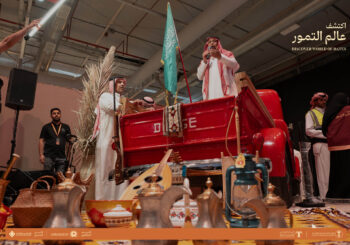

Comments (0)